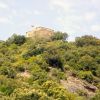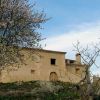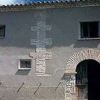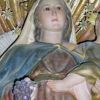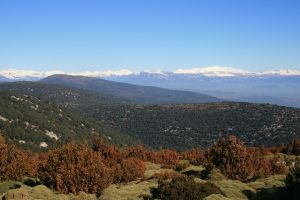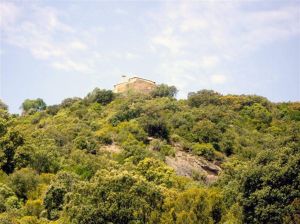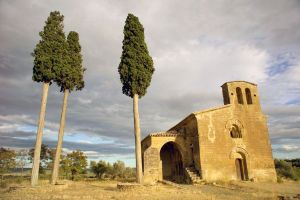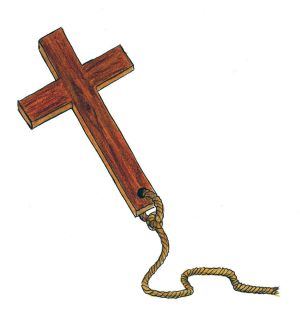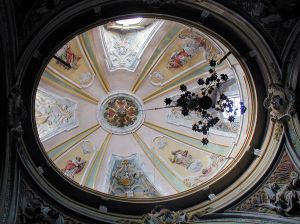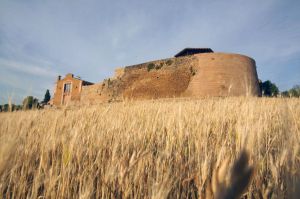The lack of a miraculous legend that tells of the appearance of the Virgin Mary in the vineyards (viña is the Spanish word for vineyard) gives rise to the thinking that the place name viña may derive from the word “villa” as this chapel is thought to be the only remains of a small village that lost its population prematurely.
Throughout the 16th and 17th centuries, the original chapel was patiently reconstructed and a house for hermits was added. There is evidence that in 1702 it was threatened by ruin so the bishop of Huesca granted indulgence to all those who collaborated in its reconstruction by donating money, material or a day’s work. The current construction is made up of a church and the ancient house.
The 17th century was one of the most disastrous for Aragón; epidemics, drought, wars and plagues ravished the territory. This caused a great feeling of impotence in local people, which was channelled into a huge increase in religious fervour. This popularity for religion was the seed of pilgrimages that many villages instituted to reinforce vows made to the Virgin Mary pleading for release from these calamities. In that era many churches were renovated and this helped to shape the pilgrimage map in Somontano.
The Virgen de Viña chapel received pilgrimages at least once a year from the villages of Adahuesca (Whit Sunday), Alberuela de Laliena (Easter Sunday), Bierge (25th April, feast of San Marcos) and Radiquero (23rd April, St George’s day).
With the economic growth of the 18th century, the pilgrimages changed in character from being exclusively penitential to taking on a festive and social air. Prayer became fiesta, and songs and enjoyment in the name of the Virgin Mary began.
This festive spirit was carried to the 20th century when couples were encouraged to join the pilgrimage to the Viña chapel. After mass a meal would take place, organised by the town council, and the key community figures were invited; the priest, police, doctor etc. Musicians were contracted for the occasion to ensure that the post feast festivities were enjoyed to the full. Young people danced and the wine flowed while the village elders watched from the shade of the olive trees – each family had their own. At the end of the day the couples returned to the village with a juniper branch.
Tradition says that the Virgin of the Viña was particularly efficient in curing diseases and solving water shortages, but there are also tales of specific miracles.
It is said that, with the congregation assembled in the chapel on the Virgin Mary’s feast day, a storm began at daybreak. A bolt of lightening passed through the walls and caused a huge stone to fall onto Pedro Naya; it lifted Martin Rodrigo into the air and burnt Isabel Xavierre’s shoes. The three fell to the floor as if dead, however, after a short time, they recovered with no lasting harm. The church also caught fire; the Virgin Mary’s cloak was blackened and the altar cloths were burnt but the hosts were found intact on the altar.
In 1719 Miguel Salinas, a cripple from Radiquero, visited the chapel to plead with the Virgin and after being coated with oil from the “lamp of miracles” he recovered full health,
In 1724 a prisoner arrived at the chapel wearing shackles that barely allowed him to walk. As he prayed they opened and remained in the church as an offering.



